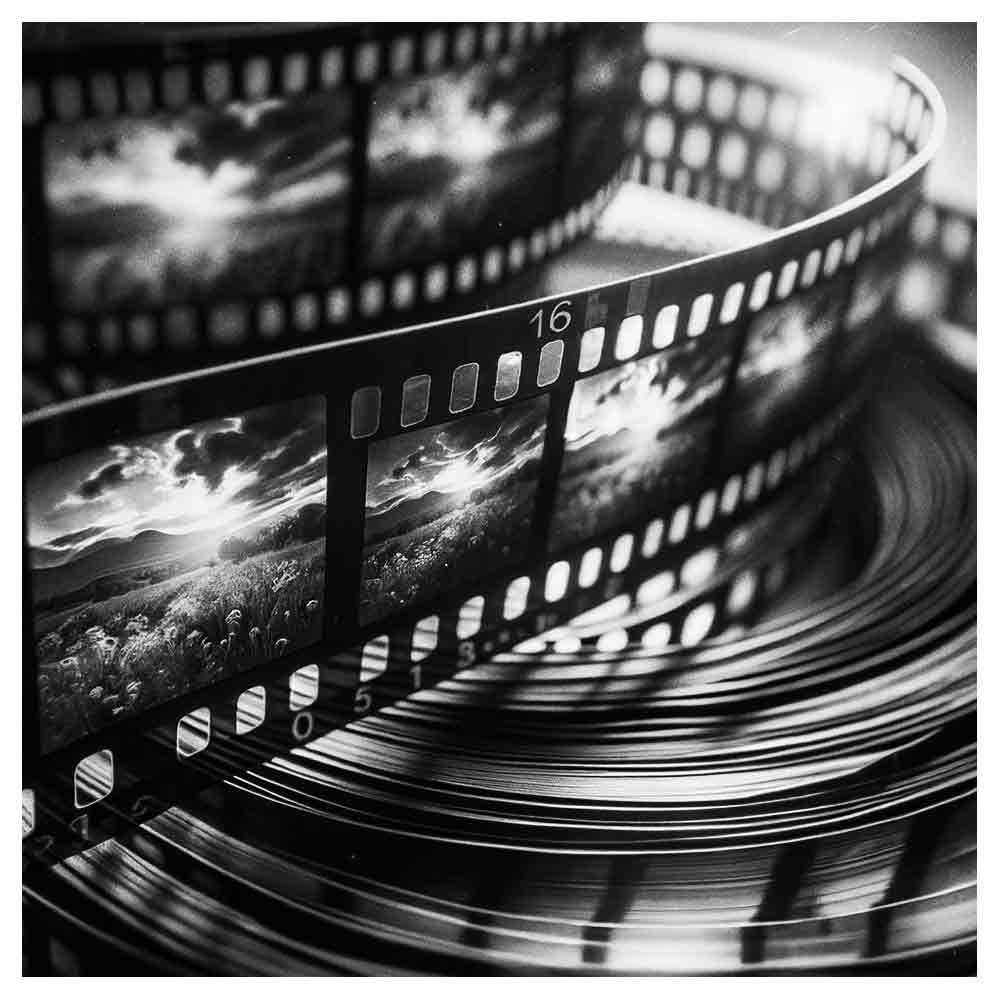Production Value—Everything You Need To Know
Filmmakers often throw the term ‘production value,’ but what is production value? Is it an indication of how good a project is? How do you measure it? And why is it so important?
In this blog post, I wanted to explore the definition of production value in the film industry and provide some filmmaker tips on how I believe you can create high production value for your film project, even if your budgets are limited!
Table of contents:
If you’re looking for inspiration to create production value with a limited budget, I highly recommend reading Rebel Without A Crew by film director Robert Rodriquez (Sin City, Machette, Spy Kids). In my opinion, combined with the YouTube video above, this book is the ultimate production value masterclass in which he outlines how he created a $7000 feature film that kickstarted his career in Hollywood!
What is production value?
First, let's define what production value actually is. In simple terms, production value indicates the overall quality of a film or video project and ensures all components look as polished and professional as possible.
Production value can result from shooting on high-end cameras, using higher-quality post-production software, hiring experienced cast and crew members, and spending extra money on props, costumes, and special effects.
All of these individual elements add to a project’s production value.
The difference between low production value vs. high production value
A movie produced on a shoestring budget may look amateurish because of poor lighting, bad camera angles, and awkward editing choices, resulting in a low perceived production value.
On the other hand, a movie with high production value will look more polished and professional due to better use of technical equipment and experienced crew members.
But it can also be the other way around. A low-budget indie film could have excellent production value if the crew made it with skill, creativity, and attention to detail.
While a high-budget blockbuster can have terrible production value if produced in haste or filmed with little thought for its visuals.
A high production value example
The hit Netflix show Peaky Blinders is a great example of a project with high production value.
The show has excellent production values thanks to its use of high-end cameras, award-winning actors, special effects, and an impressive set design that creates a convincing late 19th-century atmosphere.
All these elements combined create a show that looks more professional than the average TV series and one in which viewers can get lost.
Why Does Production Value Matter?
The reason why production value matters so much in film is that it directly affects the viewer. A higher production value guarantees a more immersive experience for the audience.
In films, commercials, documentaries, and other content formats, it's about portraying a unique story, and everything filmmakers use contributes to representing the story in the most visually exciting way.
The higher quality tools and resources they use, the more immersed the experience will be for the audience.
High production value can translate into increased viewership
On top of that, audiences today consume so much content and therefore have high expectations when watching something. With an abundance of variety, they want something that looks and feels polished. Otherwise, they tune out and watch something else.
In my experience, viewers are often drawn to films with a solid visual appeal or exciting stories told innovatively—both of which require good production values! A higher production value can translate into increased viewership for your project.
Unfortunately, high production value doesn't necessarily guarantee a project's success. After all, even big-budget films can flop.
How Do You Measure Production Value?
It may seem impossible to quantify something as abstract as production value—but there are several ways filmmakers measure their project's success in this respect.
One popular metric is “cost per minute” (CPM), which measures how much money was spent on each minute of footage shot during principal photography (the main shoot).
Another popular metric is “return on investment” (ROI), which measures how much money was made in relation to the money spent on making the movie.
Finally, there’s audience reaction—which can be measured through box office numbers or reviews from critics and fans alike.
All these metrics give filmmakers an idea of how successful their project was in terms of production value.
How to Improve Production Value?
The most obvious way to improve your project's production value is by working with a bigger budget, but there are other ways to get started without breaking the bank.
Use Free Online Resources
Free online resources are the first and most common option I always like to use to improve the production value of my films.
There are plenty of free stock footage libraries online where you can find digital footage of unique set locations or transitions that can help you elevate your scenes without shooting them yourself!
Some people believe stock footage is uninspired, but I don't see it this way. Sometimes, what is written in the script can be very hard to visualize in real life, and stock footage can be a lifesaver for the movie.
If you make sure the stock footage aligns with your world and the shots contribute to the creative message you want to convey, go for it!
Use better audio recording equipment
To help improve your production value, you must know that audio in film is more important than the image.
You can watch something with great audio and bad-quality images, but not vice versa.
Therefore, if you want to improve the production value of your project, use better audio recording equipment.
Use Vintage Camera Lenses
Another great tool to help you achieve more production value is using vintage camera lenses. You can usually find these products cheap on online platforms like eBay or second-hand stores.
They will give your project a nice cinematic look without adding additional effects in the post-production software.
Use Rental Companies
Many filmmakers believe that you have to buy your tools when it comes to using better technical tools.
Still, there are other (cheaper) ways to improve your production value by using camera rental companies.
Renting expensive gear like cameras or lenses is often much more affordable than purchasing them outright—and you won't need to worry about storing or maintaining them after filming wraps up!
Use windows for better lighting
Next to audio, there's one thing that can help you turn a mediocre result into a great result. And that's by using great lighting!
If the budget allows you to, you can hire a professional lighting crew to help you create the perfect image. If your project doesn't allow you to, try to film next to windows as much as possible because windows give you lighting direction.
A simple tool like curtains can help you control your project's lighting even more!
final thoughts on production value
Although production value is essential, it's not everything regarding a project’s success. Many factors determine whether or not a project is successful, and the production value is just one of them.
If you want to improve your projects' production value, start using better technical equipment, hiring experienced talent and film crew members, and focus on creating exciting visuals and adding good sound design to the final mix.
While having a large budget can certainly help achieve this goal, it's not necessary. With today's (free) online resources from platforms like Artlist and Artgrid, even low-budget filmmakers can create projects with impressive production value!






























